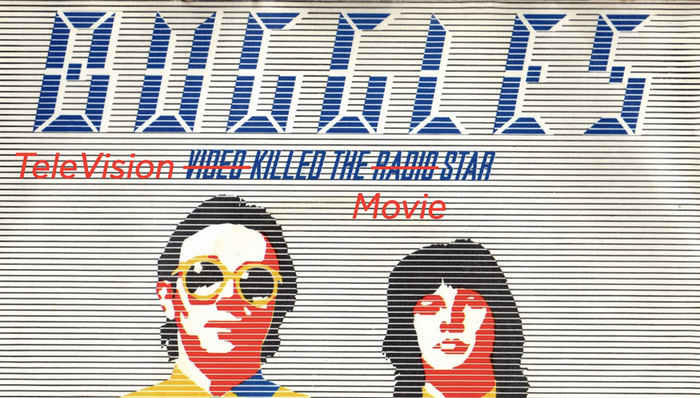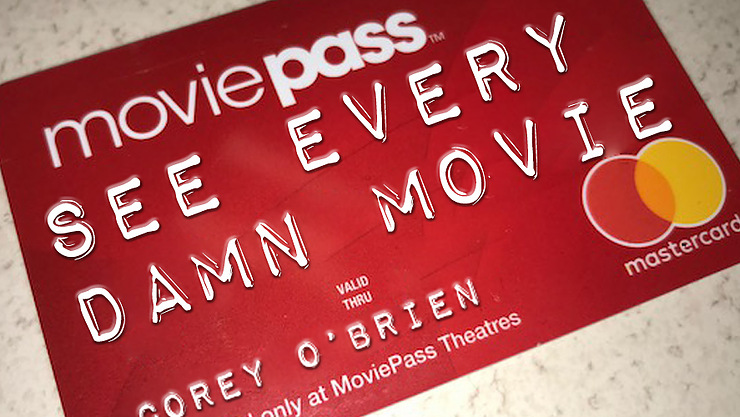YouTube’s Big Bold Move in the SVOD Game of Thrones

In the online world, with scarce attention as the battlefield, content has become the weapon of choice. Whether subscription or ad-based, a variety of platforms are building their strategy on whatever attracts the most eyeballs for the longest period of time. Netflix’s success with producing original content has had its direct and indirect competitors gear up to be able to stay in the game. Facebook has played the card of its huge user base to virtually allow them to have access to a content platform curated by everyone in their network. YouTube has been a game changer for user generated content and the success of its stars has surpassed initial expectations many times over. With its latest move, YouTube aims to establish itself as a force to be reckoned with, betting on its creators and on the profound change in taste and viewing habits it has helped bring about.
On October 21st YouTube announced YouTube Red, its boldest move so far in terms of instituting a pay wall. While the 9.99$ per month plan does not mean the ad-supported version disappears, it is hoping to attract subscribers with exclusive content from their favourite YouTube stars, as well as automatic access to Google Play Music and a number of features- including background and offline playing. With the creation of original content exclusive to its subscription users, and bundling YouTube Music, the platform is trying to mimic Netflix and counter Spotify, all in one move.
The shift to YouTube Red is probably connected to Facebook’s growing interest in videos and the way they are exploring it in attracting advertisers. With 70% of the video content now being uploaded directly on the platform(as opposed to being shared from YouTube or other sources), YouTube is locking in an alternative revenue model.
Last year YouTube announced they were starting to invest in supporting their most successful creators, giving them the possibility to achieve things they could not on their customary shoe-string budgets. This was the first step towards commissioning exclusive content with which it hopes to make an important selling point for the future of YouTube Red.
Youtube is claiming that the interest of the content creators is core to the subscription model (an opinion held not only by the company, but also by media friendly towards the initiative) but a quick dive into social media shows that not everyone is sold.
According to the company, 99% of the content creators have already signed a deal through which they commit to making their content available on YouTube Red. But many of them might have done so only because they had no alternative. Initially it seemed like they would have been able to choose how they made their revenue; as it turned out, this is no longer the case. While signing the deal means that their videos will be available both to subscribers and to non-subscribers, not signing makes the video unavailable to everybody. The way YouTube chooses to formulate that in public messages is that their videos “will go private”.
YouTube’s argument in persuading creators to sign the deal is the possibility to engage not only super-fans, but also casual viewers. It’s not very clear though how this will work differently (and better) than it already does in the ad-supported version.
The financial stipulations of the deal are also murky. The advertising-based model for content creation has creators receiving 55% of the revenue from ads, with the rest going to YouTube. The most successful ones also tap into possibilities for product placement to supplement that revenue.
The new model stipulates that creators receive a percentage of the subscription revenue (based on monthly watch-time), after YouTube have taken their cut. So far, there is no news as to how much that is exactly. Back in April when the platform first gave its creators a hint of things to come, it seemed like they will be able to maintain their freedom, with the most successful ones having a chance to increase their revenue. Here is what the new payment terms stipulated at the time:
“ YouTube will pay you 55% of the total net revenues recognized by YouTube from subscription fees that are attributable to the monthly views or watchtime of your Content as a percentage of the monthly views or watchtime of all or a subset of participating Content in the relevant subscription offering (as determined by YouTube). If your Content is included in and viewed by a viewer in multiple subscription offerings, YouTube will pay you based on the subscription offering with the highest amount of net revenues recognized by YouTube, as calculated by YouTube.”
Some content simply can’t be included in the new YouTube deal because of contract restrictions: for example ESPN who, on Sunday, October 25, started removing most of their videos. This will undoubtedly affect the number of people ESPN can reach, but ultimately they (and many other larger brands) have the luxury of powerful alternative channels to display and promote their content. Average content creators will not be so lucky.
Are there alternatives for the creators that do not want to sign the YouTube deal? Vimeo could be one, but the company has built a profile somewhat different from YouTube, catering to more niche audiences. While it does offer paid VOD content, Vimeo does not possess the necessary infrastructure to create an ad-supported ecosystem that has been proprietary to YouTube.
Another option could be Vessel, a platform helmed by former Hulu CEO, Jason Kilar. Launched publicly in March, the company’s value proposition relies on limited time exclusivity, with creators making their videos available there a few days before they can be viewed for free on YouTube, for a monthly fee of 2.99$. The price is low because it is still ad-supported. The company is under direct threat from YouTube Red, but if they are able to offer a better revenue model for creators and to shift their value proposition to accommodate the creators refusing YouTube’s deal, they might be able to gain enough momentum to provide a viable alternative.
YouTube doesn’t have the best track record when it comes to instituting a paywall for (some of) its services. Neither their ‘paid channels’, nor their Fan Funding initiatives caught on- some saw it coming. Others argue that this time it’s different, because of the way the platform and its audience have evolved. With a predominantly young user base, it remains to be seen if the price point is suitable for their ability and willingness to pay. If this move turns out to be a failure, the platform might find itself in a situation where it has gone too far to be able to come back. If viable alternatives rise in the meantime, there might be no going back to a free, ad-supported YouTube with confidence lost from both its creators and its users.
If you would like to know more CONTACT US


